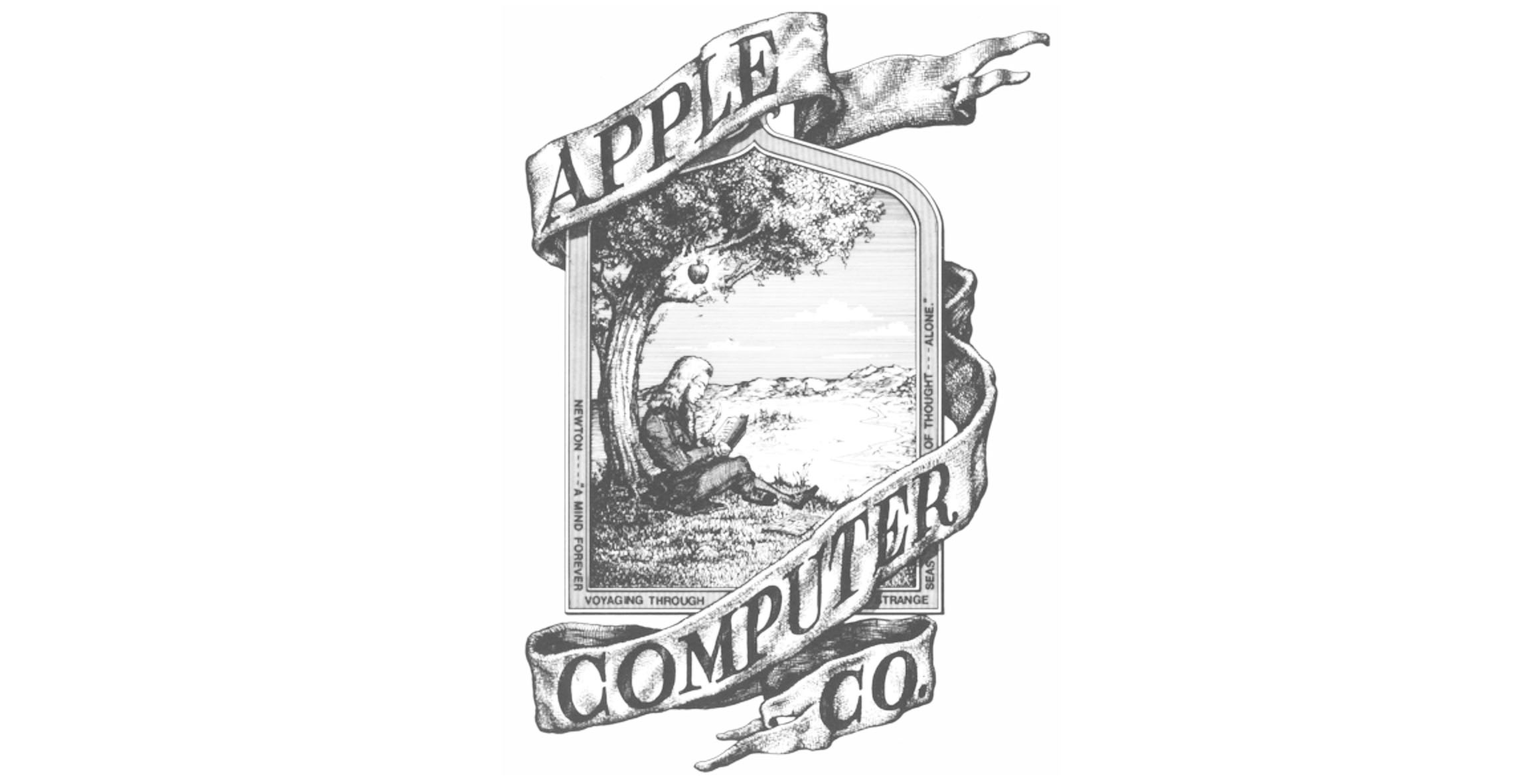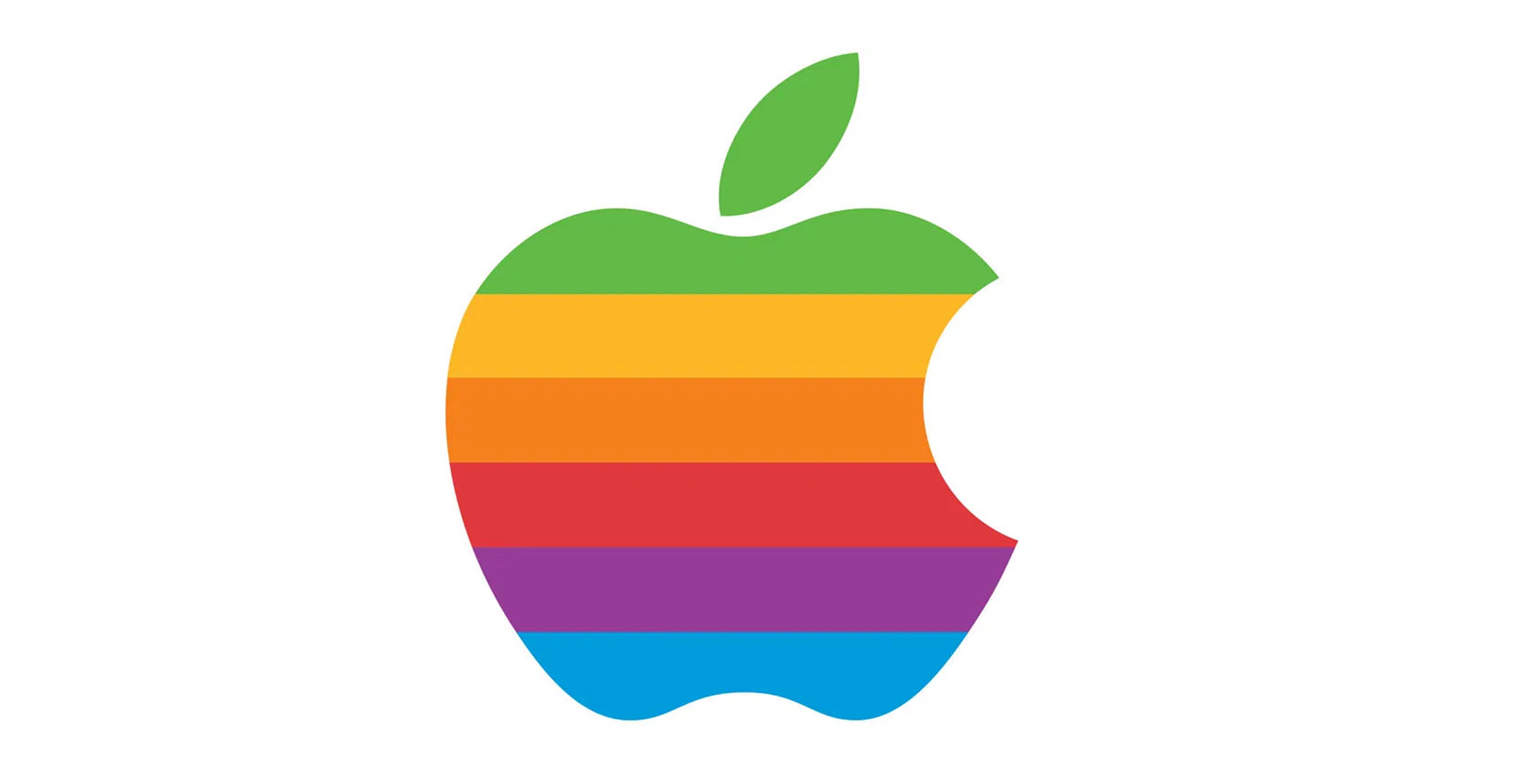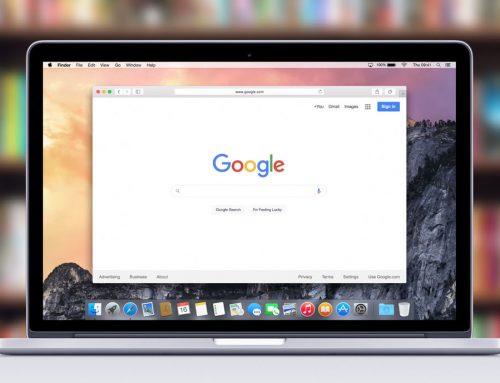Things change, that’s a simple fact of life. Whether it’s relationships, musical tastes, fashion, things constantly evolve. Brand evolution is no different. The brands that we have grown up with, will at one time or another, undergo an update. Whether this is a radical update such as PricewaterhouseCoopers (now PWC) or more of an act of refinement such as Google. Brands change to reflect the changing tastes of their target audiences and societal changes.
Often the word ‘brand’ gets confessed with ‘logo’. A brand is an idea or image people have in mind when thinking about specific businesses, products, or services. It is not just the physical features that create a brand but also the feelings that people develop towards the company or its product. This combination of physical and emotional triggers when they see or hear the name, the logo, the visual identity, or even the message communicated.
One of the brands that epitomise this is
Apple.
The brand evolution of Apple
Most of us associate Apple with high-end computers such as the iMac and devices such as the iPhone, iWatch and iPad. They stand for cutting edge design, quality well-built products that aim to make people’s lives easier. The iconic Apple logo that we know today wasn’t the companies first logo. In fact, The first logo was created by Ronald Wayne, a co-founder of Apple 1976. He wanted to represent the law of gravity that is inspired by an apple. The first image to represent Apple was Isaac Newton, the man who revolutionised science with his discoveries on gravity. How did he figure it out? An apple fell on his head! Apple’s first logo was a depiction of this event, with Newton sitting under an Apple tree.

However, this logo was short-lived as another founder of Apple could see the company heading in a different direction. Steve Jobs, one of the main driving forces behind the business, felt the logo was too old fashioned. It didn’t appeal to the right target audience and didn’t set the tone for a company that wanted to be at the forefront of computer technology. Jobs wanted the Apple name and logo to be simple but easily recognisable. He hired a graphic designer by the name of Rob Janoff, who created the now classic and world-renowned logo of the bitten apple.
Jobs quickly threw out the old Newton logo, and Apple’s logo was fully established and used by the end of the company’s first year. The initial identity development was to coincide with the introduction of the brand’s first personal computer, the Apple II. Janoff’s original Apple logo was made up of multicoloured stripes, a nod towards the Apple II, the first computer with a colour display.
From computer company to lifestyle brand
From those early days, Apple has been represented by the simple shape of an apple. That’s not to say that the logo hasn’t changed over the years. Just as technology advanced and tastes changed, the multi-coloured Apple logo became associated with those early computers. The beige boxes that had limited storage and the multi-coloured Apple logo with ‘Apple Mackintosh’ in a serif font next to it. This was replaced in 1998 by the translucent Apple logo that adorned the side of their ‘G3 Mac’ computers. The more simplified logo would appear in one colour but this had its advantages as it allowed them to open up their colour palette which was particularly helpful when they redesigned their iMac computer.
Brand Evolution… changing to suit your target audiences
Apple had acknowledged that their target audiences were changing. A computer that had primarily been a staple of the workplace was now making a breakthrough into the home computing market. It was becoming a tool of self-expression. It would hold your music library, pictures, games and be your gateway to the internet (dial-up of course). It was also becoming a design statement. No longer were computers hidden away in the corner of a bedroom, instead, they became the focal point of a room. People wanted high-end design, they wanted a computer that could do multiple functions, and they wanted it within a price bracket they could afford… Apple listened to them and repositioned. It changed from being a computer company to an aspirational lifestyle brand. Their brand had yet again evolved.

Realigning your brand
It’s normal for a business to change over time. As your business grows and diversifies most people’s first thought is ‘rebrand’. In some cases, this is the most effective thing to do. You could have a totally different business offering that people wouldn’t have previously associated with your business. In other cases, it could be good to build on the reputation and client base that you already have by just slightly changing how your business looks to align yourself with new target audiences, new values or a new business vision.
If you feel that now is the right time to refresh or undergo your own brand evolution get in touch with us. Either call us on 0141 354 1711 or use the form on our
Contact page.







